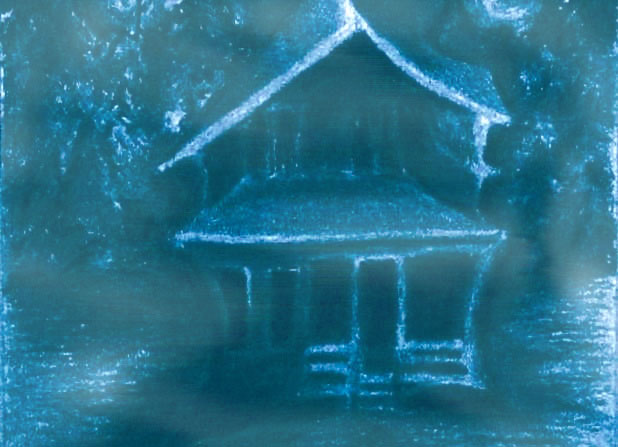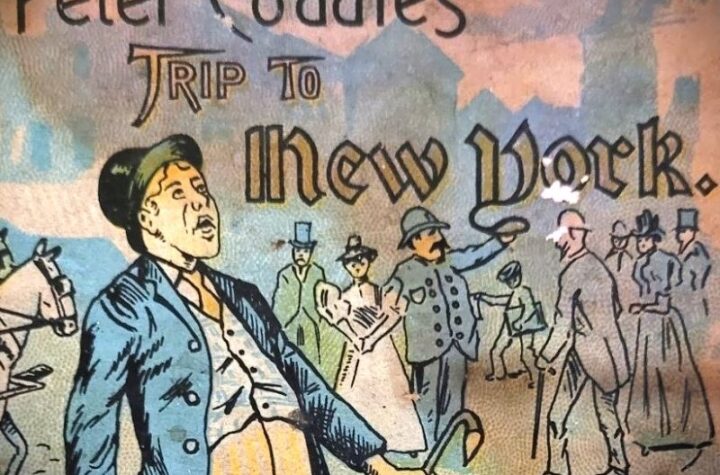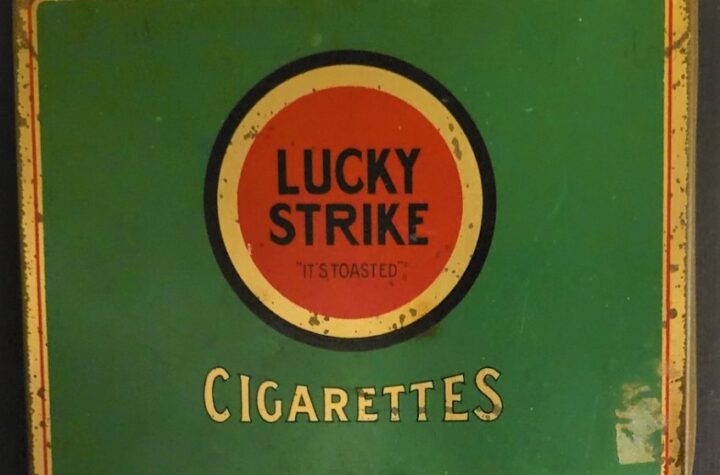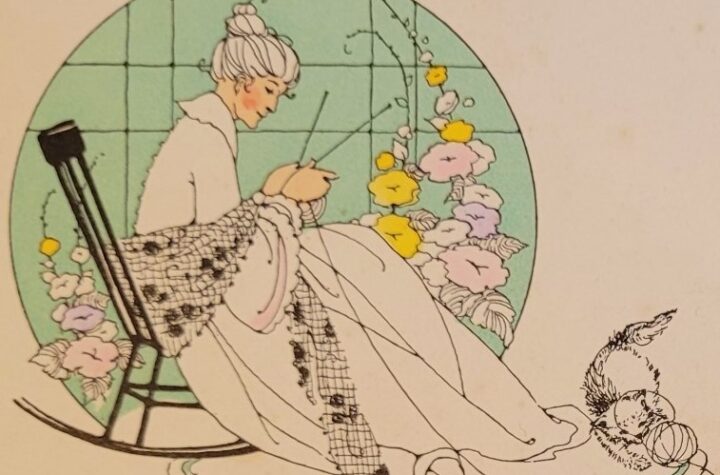
The spookiest night of the year is looming!
And today I found an old yellowed sheet of paper dated 1942, and it’s all about GHOSTS!
The paper came out of my father’s clunky manual typewriter. He had left Nova Scotia in 1940 to attend Radio College in Toronto, and two years later he was fresh into his first posting with the federal Department of Transport when he spotted a short unsigned magazine article.
He copied it out for the folks back home. Here it is:
In the new Macleans, May 1, 1942: Smells Fishy
Those impish carryings on at Bible Hill, N.S. have a rosemary-for-remembrance aroma, inducing the sort of nostalgic feeling one gets when something happens exactly according to the pattern of something else that happened long long ago.
“Goodness Gracious,” one says, “I’ve been through precisely this same experience before.”
After dark in a house occupied by a family named Langille on Farnham Road in Bible Hill, a suburb of Truro, chairs danced over the floors, stove lids jitter-bugged, clocks, milk bottles, knives and forks leaped across rooms, overshoes walked by themselves. A visiting neighbor was inhospitably banged on the head by a flying poker. Mrs. Lucy Langille blamed ghosts for the disorderly doings and crowds of people began to swarm over Bible Hill, usually a placid community where nothing much happens, causing traffic jams that Royal Canadian Mounted Police were required to untangle.
This sort of monkey business went on night after night, always in darkness, until George H. Hanebury, an amateur photographer, and Earl Talbot, a professional, accompanied a Truro news reporter to the scene one evening and set up flashlight apparatus synchronized with two cameras, in the Langille kitchen. When a flat iron on the top of the stove began to conga, flashbulbs flared, the camera shutter clicked, and two photographs were obtained, both of them clearly showing a human hand manipulating the iron. Confronted with this irrefutable evidence the Langilles confessed they had been having fun and games.
Yes, yes. It was around 1922 that similar poltergeist activities were reported from Antigonish, N.S. The affair became an international sensation, largely through the earnest efforts of a trio of Halifax newspapermen who knew a good thing when they saw it. Boston and New York papers gave the Antigonish phantom front-page space, and one Dr. Prince, a renowned American ghost hunter made an official investigation leading to the discovery that the culprit was a naughty little girl named, unless a wilted memory is doing us dirt, Mary Ellen. What we cannot for the life of us understand is why these things always seem to happen in Nova Scotia.
My father added a comment of his own at the bottom, clearly remembering the 1922 incident when he had been ten years old: “Wasn’t her name Mary Ellenor MacDonald?” And here is my own addendum: Dr. Walter Franklin Prince (1863-1934) was a friend of Harry Houdini and founder of and researcher for the Boston Society for Psychical Research. You can read more about him HERE
And you will find a number of his articles published in Scientific American HERE.
Oh, and Happy Hallowe’en!




Super, Peggy! My Dad used to tell my ghost stories – me, too! They were afraid to go to bed at night! Must put them down before I forget.
Love, Norma Been updating the compute. One thing I had to have problems with – you guessed it. Moses Munro!
Oh no! Not Moses Munroe again! He has always been difficult. Lol. And yes, Norma, you must write down the ghost stories, for sure!!